How Do Chess Pieces Move? Everything You Need to Know to Play the Game
Each chess piece has its own unique way of moving. Here is an overview of how each piece moves:
-
Pawns: Pawns move forward one square at a time, but capture diagonally. They can move two squares on their first move, but only one square on all subsequent moves.
-
Rooks: Rooks move horizontally or vertically, any number of squares along the same rank or file.
-
Knights: Knights move in an L-shape, two squares in one direction and then one square to the side. Knights are the only pieces that can "jump" over other pieces.
-
Bishops: Bishops move diagonally, any number of squares along the same diagonal.
-
Queen: The queen can move in any direction, horizontally, vertically or diagonally, any number of squares along the same rank, file, or diagonal.
-
King: The king can move one square in any direction, horizontally, vertically, or diagonally.
Note that the King can only move to a square that is not currently under attack by the opponent's pieces, this is known as "check" and "checkmate" is the condition where the king cannot move without being captured.
Knowing how all the chess pieces move around the chessboard is one of the first things you have to get to grips with as you learn to play chess. So, to help out any players who are looking to learn the game, here we look at how each of the pieces moves, which should give you a good grounding to get started.

Basic Chess Pieces Moves
So, how do chess pieces move? Without further ado, let’s take a look at each one in isolation. There are some unique chess pieces moves that can be made which can really get you out of a pickle when you’re facing an opponent, and by reading on, you’ll know exactly what they are.
The King
This is the most important chess piece because when it falls, the game’s over. Whether you have a plain wooden or fancy marble chess set, the rules are the same. The King is able to move in any direction, but only one square at a time.
Kings are able to make another move in conjunction with the castle (a.k.a Rook) where the King and chosen castle swap places on the chessboard. This can occur when there are no pieces in between the King and the Rook, neither the King nor the Rook has moved yet, and when the King is not in check.
The Queen
The next most important chess piece is the Queen, which enjoys the most flexibility in terms of movement. The Queen is able to move horizontally, vertically, or diagonally over as many squares as is required (without jumping other chess pieces) and is perhaps the most useful piece on the board and one you don’t want to lose too early in the game.
The Rook
What moves can the rook make in chess play? Well, as we’ve mentioned, it can be part of the ‘castling’ move that’s made by the King. However, outside of this, the Rook, of which you get two, (also known as the castle due to its shape) can move vertically or horizontally without jumping over any other pieces.
The Bishop
Another really useful chess piece you have at your disposal during a chess game is the bishop. You get two of them and they’re able to move diagonally over any amount of squares that the player wants. Again, this movement is restricted if there are any other pieces in the way, as bishops are not able to jump over them.
The Knight
The only pieces on the board that is allowed to jump over other pieces are the Knights, which usually take the form of a horse’s head and each side again gets two. There are some modern designers of metal chess sets that use artistic licence to create different styles for the knight, but it’s invariably equine-based.
The Knight is able to move in what can best be described as an L shape. This can be a 1 square up, followed by two squares across or 2 squares up and 1 across. So long as an L shape is created and the space is free, the Knight can move there.
The Pawn
The last type of piece on the chessboard is the pawn and there are 8 of them on each side. They can only move one square at a time (apart from the first time each is moved when they can move two squares). They can’t jump over other chess pieces and if they reach the other side of the board, they get ‘Queened’ which essentially means there is an extra Queen on the board.
At first glance, pawns might seem like cannon fodder in the war that plays out, but they can play a pivotal role in who wins the game when they’re used correctly. What can a pawn do in chess? Well, it’s unique in that it can only move straight forwards, but can only attack diagonally.
Pawns can also make another, special move called En Passant. How do you play en passant in chess? Well, it’s an advanced technique where a pawn that has moved two squares can be taken by another pawn that moves in behind it. It’s the only move where the chess piece doesn’t land on the square that the taken piece was on.

Getting to Grips With the Game
If you get stuck, you can always refer back to this blog for guidance, but this shouldn’t take too long to achieve. Play just a few games and you’ll most likely get a good grounding on what the rules of the game are and the basic chess pieces moves. Sure, there are more complex moves like castling and En passant that we’ve covered, but even these can be used once you’ve got more experience.
Where To Buy Your Chess Pieces
At the Official Staunton Chess Company, we try and be as helpful as we can to anyone wanting to start learning the classic game. We know that once you’re into it, it can stay with you for a lifetime and it’s why we create blogs like this one to make it more accessible to anyone who wants to give it a try.
We also offer the finest luxury chess sets you’ll find anywhere online so that you can add an extra layer of enjoyment to your chess experience. To find out more about this, visit us online at www.officialstaunton.com where you’ll find our complete range and more blogs like this one.
Alternatively, if you have any questions that you’d like to answer besides how do chess pieces move, our friendly team is available for advice on 01948 880 060. You can even follow us on Twitter, Facebook, or Instagram for those of you who prefer to use social media.
We hope you have enjoyed reading our blog on how do chess pieces move and that it helps you get started on your chess journey. Check back with us soon for more from the home of luxury chess equipment.



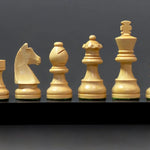
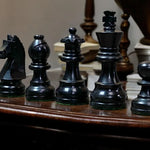
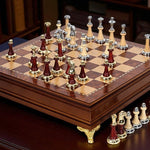
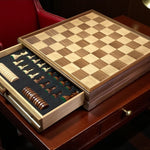
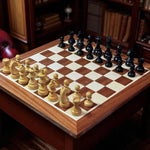
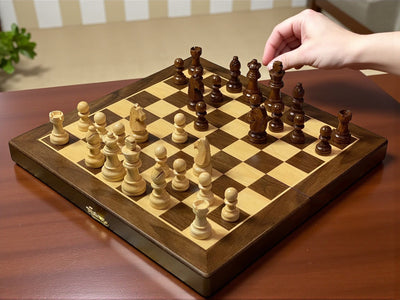
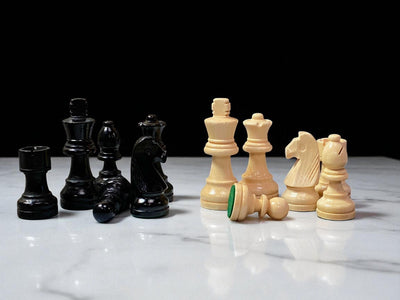
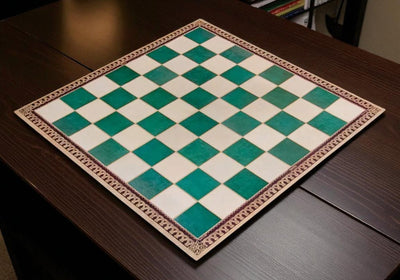
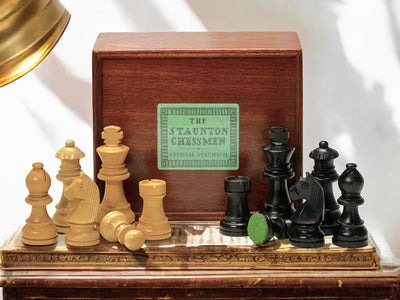
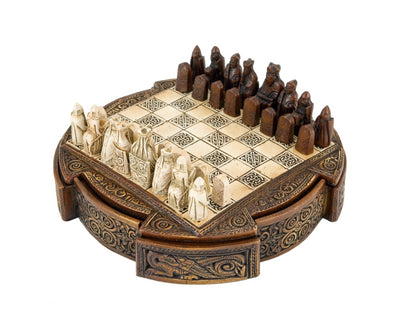
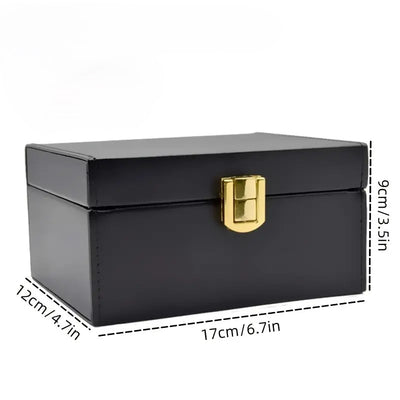
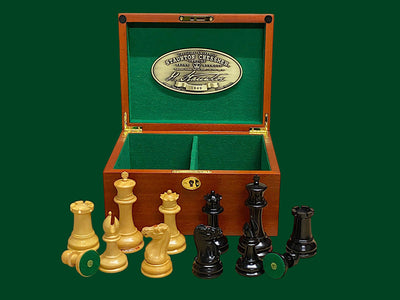
Leave a comment